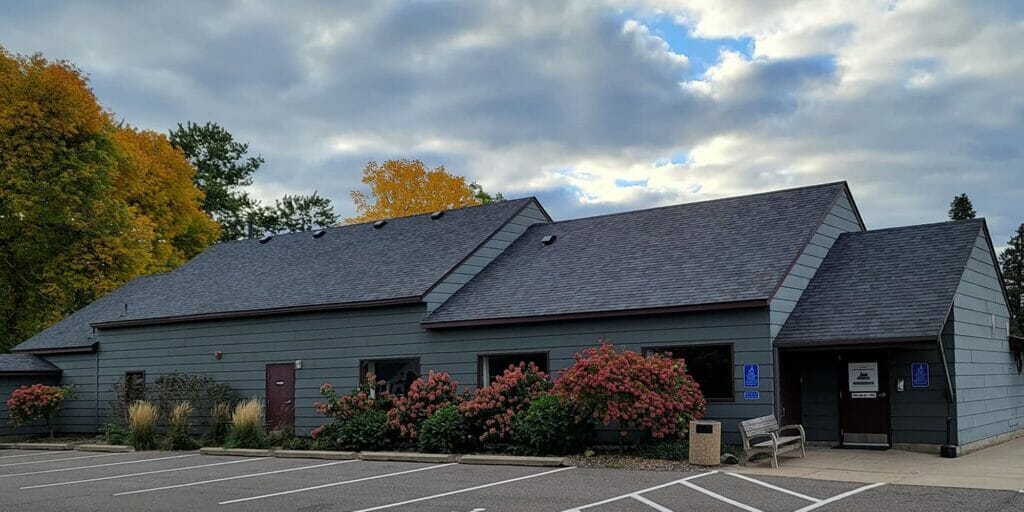Commercial roofing installation is a significant project that requires expertise and detailed planning. It is a process that involves the replacement or upgrading of an existing commercial building’s roofing system with new materials designed to last for many years. The roof is an essential part of a commercial building, and its installation is not something to take lightly as it safeguards the building’s interior, enhances its overall aesthetic appeal, and improves its energy efficiency.
The importance of proper preparation for a commercial roof installation cannot be overstated. Proper planning and preparation are the foundations of a successful roofing project. It reduces the risk of unexpected challenges and costs during the installation process, ensures safety measures are met, and guarantees that the project stays within the stipulated timeline. Moreover, a well-prepared roof installation process ensures the longevity and durability of the roof, thus enhancing the commercial building’s value.
By understanding the importance of preparation, businesses can prevent potential issues that could arise during the installation, such as structural problems, leaks, or inadequate insulation. Ultimately, a well-prepared and executed commercial roof installation can lead to long-term savings and a significant return on investment.
Understanding the Different Types of Commercial Roofs
Flat Roofs
In the realm of commercial roof installation, it’s essential to understand the different types of roofs suitable for various commercial buildings. The first type is Flat Roofs, which are common for their simplicity and cost-effectiveness. They are easier to install and require less material than other types. However, they need regular maintenance as they’re prone to water pooling due to lack of slope.
Low Sloped Roofs
The second type is Low Sloped Roofs. These roofs have a slight inclination, which aids in water runoff, reducing the chances of water damage. They also offer additional space that can be utilized for installing HVAC systems or creating rooftop gardens. However, installing low-sloped roofs requires precision to ensure correct slope and prevent leaks.
Pitched Roof
The third type is Pitched Roofs. These roofs are less common in commercial buildings but are known for their aesthetic appeal. They offer excellent water and snow runoff and are highly durable. However, they are more challenging and expensive to install due to their steep slope.
Common Materials Used in Commercial Roofs
Beyond the types of roofs, the materials used play a critical role in the roof’s performance and lifespan. Common materials include metal, which is durable and fire-resistant; Thermoplastic Polyolefin (TPO) and Ethylene Propylene Diene Monomer (EPDM) known for their durability and energy efficiency; and Built-Up Roofing (BUR) systems, which comprise multiple layers of bitumen and reinforcing fabrics, providing excellent waterproofing capabilities. Each material has its unique advantages and challenges, and the choice largely depends on the building’s specific needs and location.
Steps to Prepare for a Commercial Roof Installation
Conducting a Thorough Roof Inspection
Understanding the necessity of preparation for a commercial roof installation is the key to a successful project. The first step, conducting a thorough roof inspection, is vital to identify the current condition of your roof, its structure, and potential issues. This assessment helps determine the best roofing solution for your commercial property. This step considers factors such as the type of roof – be it flat, low-sloped, or pitched – and the materials – metal, TPO, EPDM, or BUR systems – as mentioned in the previous section.
Choose the Right Roofing Contractor
Secondly, it’s crucial to choose the right roofing contractor. Your contractor should not only be experienced in dealing with the type of roof and materials you have chosen but also possess sound knowledge and expertise in commercial roofing. They should also be licensed, insured, and willing to provide references from previous jobs.
Planning and Budgeting for the Project
The third step is planning and budgeting for the project. This involves creating a detailed plan outlining the scope of work, timeline, and budget. Your contractor should be able to provide you with a detailed estimate, including the cost of materials and labor. This will help you financially prepare for the project and avoid unexpected costs.
Clean the Roof and the Surrounding Area
The fourth step involves clearing the roof and the surrounding area. This step ensures the safety of the workers and prevents property damage. The contractor should provide you with a plan for this, including how they will protect your property during the project.
The Disposal of Old Roofing Materials
Finally, it’s essential to discuss the disposal of old roofing materials with your contractor. This may include recycling or properly disposing of materials by local regulations. This not only keeps your property clean but also reduces the environmental impact.
Factors to Consider When Preparing for a Commercial Roof Installation
The Weather Conditions and Season
The first factor to consider when preparing for a commercial roof installation is the weather conditions and season. The timing of your installation can dramatically affect the success of your project. For instance, roofing installations are best done during mild weather conditions. Extreme temperatures, whether hot or cold, can affect the materials and the installation process. Wet conditions can also make the roof slippery and hazardous. Therefore, consider scheduling the installation during a season with predictable, mild weather.
Compliance with Building Codes and Regulations
The second key factor is compliance with building codes and regulations. Each locale has its own set of rules and regulations regarding roofing installations. It’s crucial to understand and adhere to these codes to avoid potential legal complications down the line. This may involve obtaining necessary permits or ensuring the roof design meets certain standards. Your chosen roofing contractor should be knowledgeable and experienced in these aspects.
Safety Measures and Precautions
Safety measures and precautions are the third factor to consider. Roofing installation involves a certain level of risk, including potential falls or injuries from handling heavy materials. Therefore, ensure that the contractor has a comprehensive safety plan in place. This may include the use of safety gear, safety training for workers, and measures to protect passersby and property from falling debris.
Consider the Impact on Business Operations
Finally, consider the impact on business operations. A roof installation can be disruptive, causing noise and potential interruptions to your normal business operations. As part of your planning, discuss with your contractor ways to minimize these disruptions. This could involve scheduling work during off-peak hours or setting up temporary partitions to reduce noise and dust.
In conclusion, preparing for a commercial roof installation involves considering various factors beyond just the physical installation. By considering the weather, local building codes, safety precautions, and the potential impact on your business, you can help ensure a smooth and successful project.
The Role of a Professional Roofing Contractor
Assess the Current Condition of Your Roof
The role of a professional roofing contractor is pivotal in the process of preparing for a commercial roof installation. One of the primary tasks of a roofing contractor is to assess the current condition of your roof. This involves a detailed inspection of the existing roofing system to identify any signs of damage or wear and tear. It also helps to determine the extent of work required and the type of materials needed for the new installation.
Is Responsible for Providing an Accurate Estimate for the Entire Project
The roofing contractor is also responsible for providing an accurate estimate for the entire project. This includes the cost of materials, labor, and any other expenses that may arise during the installation process. An experienced contractor will be able to provide a detailed and precise estimate, which helps in budgeting and financial planning for your business.
Ensures Complies With All Building Codes and Regulations
In addition, the contractor ensures that the project complies with all relevant building codes and regulations. This is crucial as non-compliance can lead to hefty fines and legal complications. They are familiar with local regulations and have the expertise to ensure that all work is done by these rules.
Coordinate the Installation Process
Furthermore, coordinating the installation process is another key role of the roofing contractor. They plan and oversee the project from start to finish, ensuring that it is executed efficiently and within the agreed timeline. This helps to minimize any disruption to your daily business operations.
Takes Care of Disposing of the Old Roofing Materials
Lastly, a professional roofing contractor takes care of disposing of the old roofing materials. This involves the safe and environmentally friendly removal of old materials, ensuring the site is clean and ready for the new installation. This not only helps in maintaining a clean work environment but also reduces the risk of accidents or injuries.
Conclusion
In conclusion, preparing for a commercial roof installation is a multi-faceted process. To recap, it involves an in-depth analysis of the current roof condition, obtaining a precise estimate of the project, and ensuring adherence to all relevant building codes and regulations. It also entails meticulous coordination of the installation process, as well as efficient disposal of the previous roofing materials.
The importance of hiring a professional roofing contractor cannot be overstated. They bring invaluable expertise to the table, ensuring that all the preparation stages are handled efficiently and effectively. A professional contractor can navigate the complexities of building codes and regulations, provide a precise project estimate, and execute a smooth installation process. They can also correctly dispose of old roofing materials, which is not only environmentally responsible but can also prevent potential legal issues.
As a final piece of advice, it’s crucial to approach the commercial roof installation process with patience and diligence. Take time to understand each step, ask questions, and ensure that your contractor is transparent about the process. Remember that quality work often takes time and rushing through the process can lead to costly mistakes or oversights. By giving the installation the care and attention it deserves, you’ll ensure a roof that not only looks great but also stands the test of time. For commercial roof installation, trust Kinmount Exteriors LLC. Our expert team provides high-quality service and durable solutions to ensure your business is well-protected.
Name, Address, and Phone
Kinmount Exteriors LLC
40545 Blackfoot St NW, Braham, Minnesota, 55006, US
320-335-7753
Social Media’s
https://facebook.com/people/Kinmount-Exteriors/100083301042946/


